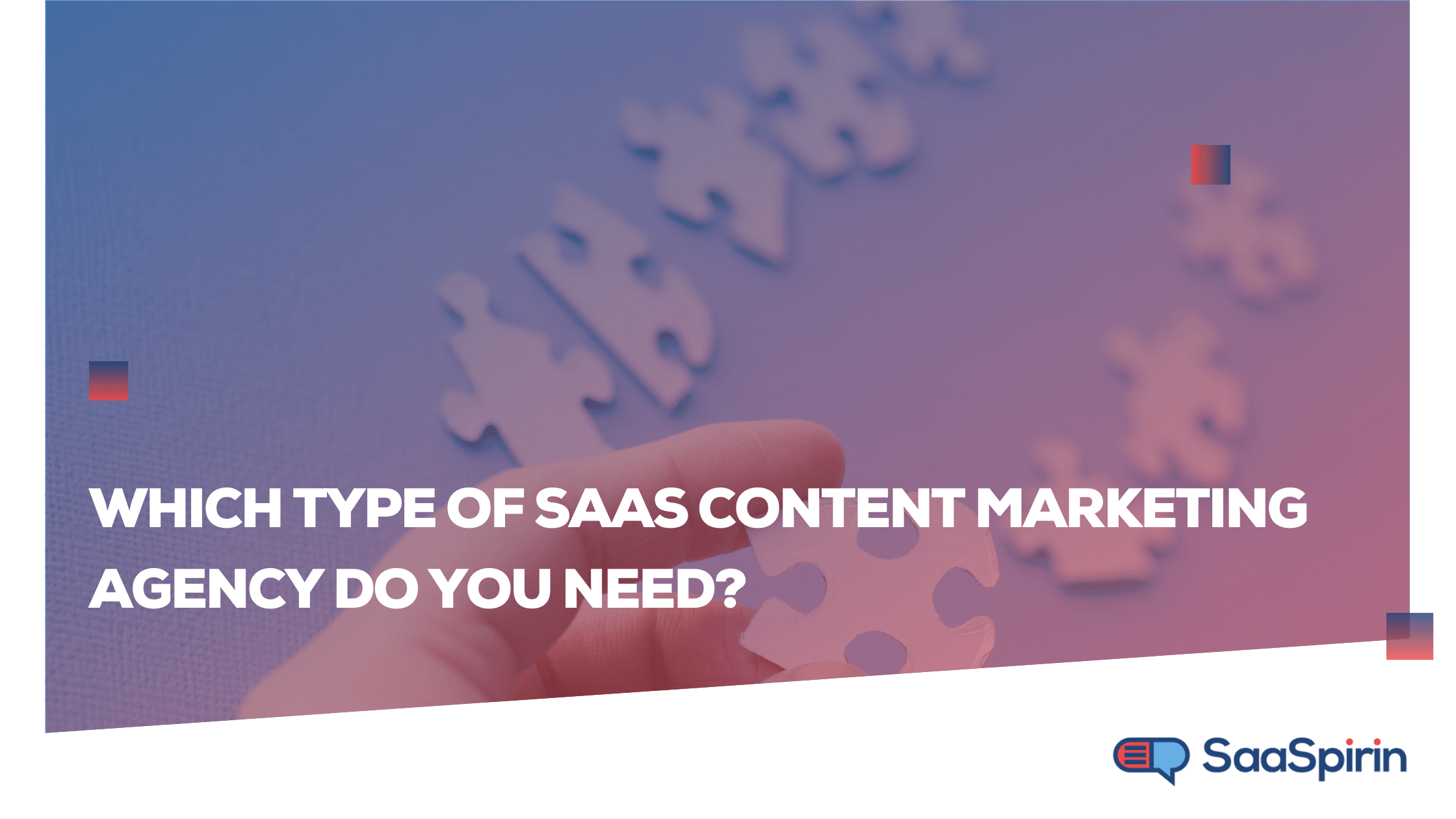Long-Form vs Short-Form Content: What’s the Best Choice for Your SaaS Blog?
By Nicolas Jacobeus on January 31, 2023
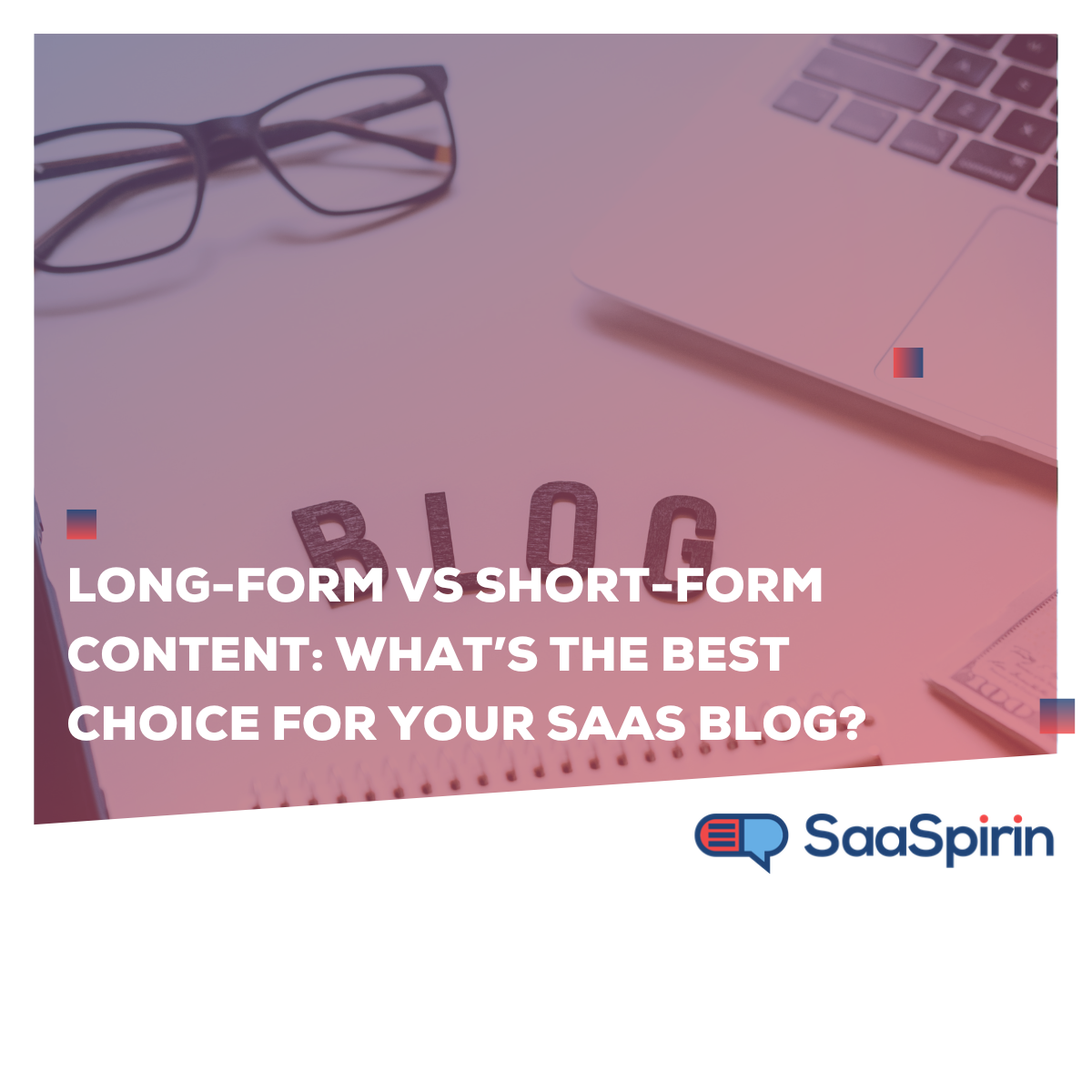
Starting a blog for your company’s website? Great. But have you chosen the right length for your content—i.e., long-form vs short-form? Even though there is no universal answer to this question, you have to consider a few factors to make the right choice.
First, you should know what each form of content is. Then come other factors, such as understanding your audience, determining your business goals, and knowing what your competitors are doing.
Let’s look at some long-form vs short-form content examples to determine the best choice for your SaaS blog.
What is long-form content?
Long form content is anything more than 1,000 words. This type of content covers a topic in great depth and answers the audience’s questions in detail.
Here are a few long-form content examples:
- Lengthy and informative blogs and articles
- Evergreen website pages
- Pillar pages
- Detailed guides and “how-to” tutorials
- White papers
- Case studies
- eBooks
In 2022, Orbit Media reported that the average blog length is now 1,376 words, demonstrating the popularity of long-form content.
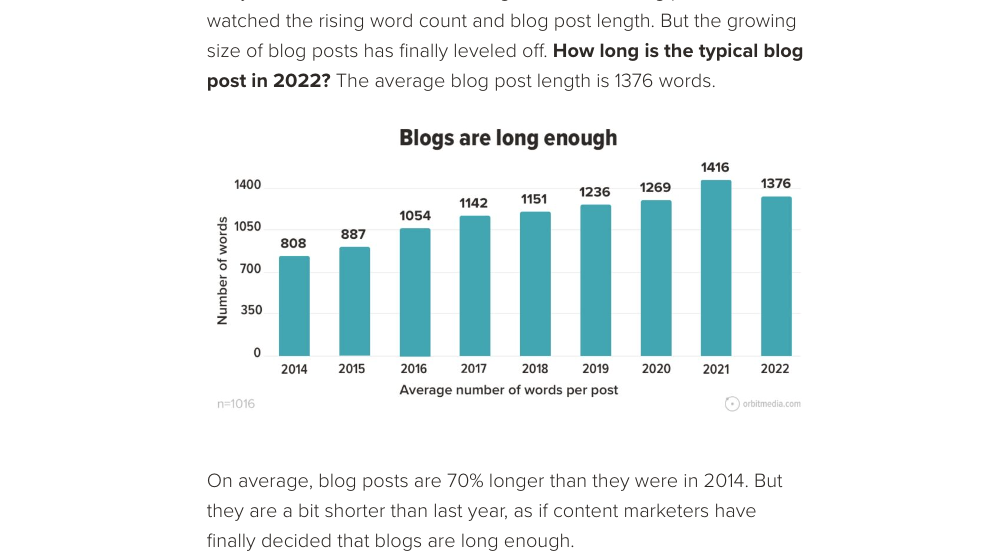
However, this growth is leveling off. So let’s look at why you’d choose long-form over short-form content.
Pros of long-form content
Here’s a look at some major benefits of long-form content:
- Since search queries need detailed answers, search engines rank long-form content better on the result pages. Long form content also has a high number of keywords.
- Long form content also has higher chances for backlinking than short-form. This further boosts a webpage’s performance and rankings. Semrush’s State of Content Marketing report found 3,000+ word pages scoring 3.5x more backlinks than those between 900 and 1,200 words.
- The conversion rate is also higher for long-form content depending on the user's intent and attention. Conversion Rate Experts increased the length of Crazy Egg’s landing page by 20x and got a 30% higher conversion rate!
- People love content that educates, answers readers’ questions, and informs them about the latest trends. They start seeing the brand as a reliable contender in the market.
- Long form offers more options to present a piece of content. For example, you can break your blogs into topic clusters and use interactive elements.
Cons of long-form content
You may struggle with the following aspects of long term content:
- You need to do thorough research and invest significant time in a single piece of long-form content—and, as you know, time is money. Not only that, but it’s also challenging to know in the beginning if all these efforts would pay off.
- Depending on the format of your long-form content, it can be difficult to display on mobile devices because of the limited screen size. Although it has become easier to make mobile-responsive web designs than it was in the past, it’s still something you should keep in mind as you create your content.
- Many users have short attention spans, so long-form content can be unattractive to them.
What is short-form content?
Short form content is considered to be anything less than 1,000 words. This type of content gives easy-to-understand, quick information to the audience related to a specific topic. Short form content doesn’t go into too much depth.
Here are some short-form content examples:
- Short blogs and articles
- News articles
- Precise press release articles
- Emails
- Infographics
- Social media content (captions, descriptions, ads, etc.)
Pros of short-form content
Based on the short-form content definition, you can expect the following benefits:
- Creating short-form content requires fewer resources and less time. Not only that, but it also has a high ROI.
- It is the easiest way to convey your message to an audience with a short attention span. Multiple studies have found that millennials have an average attention span of 12 seconds, and Gen Z can stay focused for eight seconds.
- Short form is easy to display on mobile screens. After all, an average consumer spends five to six hours daily on their smartphone.
Cons of short-form content
Some limitations of short-form content are:
- You can’t squeeze as much information into short-form content. This makes discussing a topic in-depth almost impossible.
- Short form content is rarely evergreen since it is usually based on current happenings. The audience can lose interest in it over time. So you’d need to keep updating your blogs to preserve their relevance.
How to choose the right length for your SaaS blog
Is short-form suitable, or is long-form content better? If you’re still unsure about the right content length for your SaaS blog, consider these three key elements to reach a conclusion:
1. Your target audience
The first thing to consider is your audience. Find answers to these questions:
- What age group does your audience belong to?
- What type of content do they like and engage with more?
- What keywords do they use for search queries?
- What do they search for the most?
- How do they perceive your content? Do they have any strong emotional reactions when they interact with it?
You can use various data analytics tools like Google Analytics to have detailed information about your consumers’ behavior. You can also leverage heat-mapping and social media listening to find your answers and strategize accordingly.
2. Your business goals
You should determine what you expect from your content strategy. Evaluating goals will also set a direction for your future strategies.
Answer the following things to determine your business goals:
- Do you want to build your brand reputation?
- Do you want to improve your rank on search engine result pages?
- Do you want to increase your website’s conversion rate?
Instead of thinking about long-form vs short-form content, you can opt for a combined approach depending on your business goals.
3. Your competitors
Competitor analysis can help you see what your competitors are doing and what sets them apart. This will serve as the foundation of your content marketing efforts and help you decide how long your content should be.
Long-form vs short-form content: What’s your best choice?
Long form and short-form content are equally helpful for a SaaS company. You should opt for the latter to produce quick, mobile-friendly, engaging, and simple content for your audience.
Similarly, long-form content effectively boosts site traffic, increases conversion rate and inbound links, ranks higher in SERPs, and educates audiences. If unsure, you can hand over your SaaS blog creation to us. The content creation team at SaaSpirin will create the best content that suits your company.
Sounds interesting? Sign up for a free trial today!
You May Also Like
These Related Stories
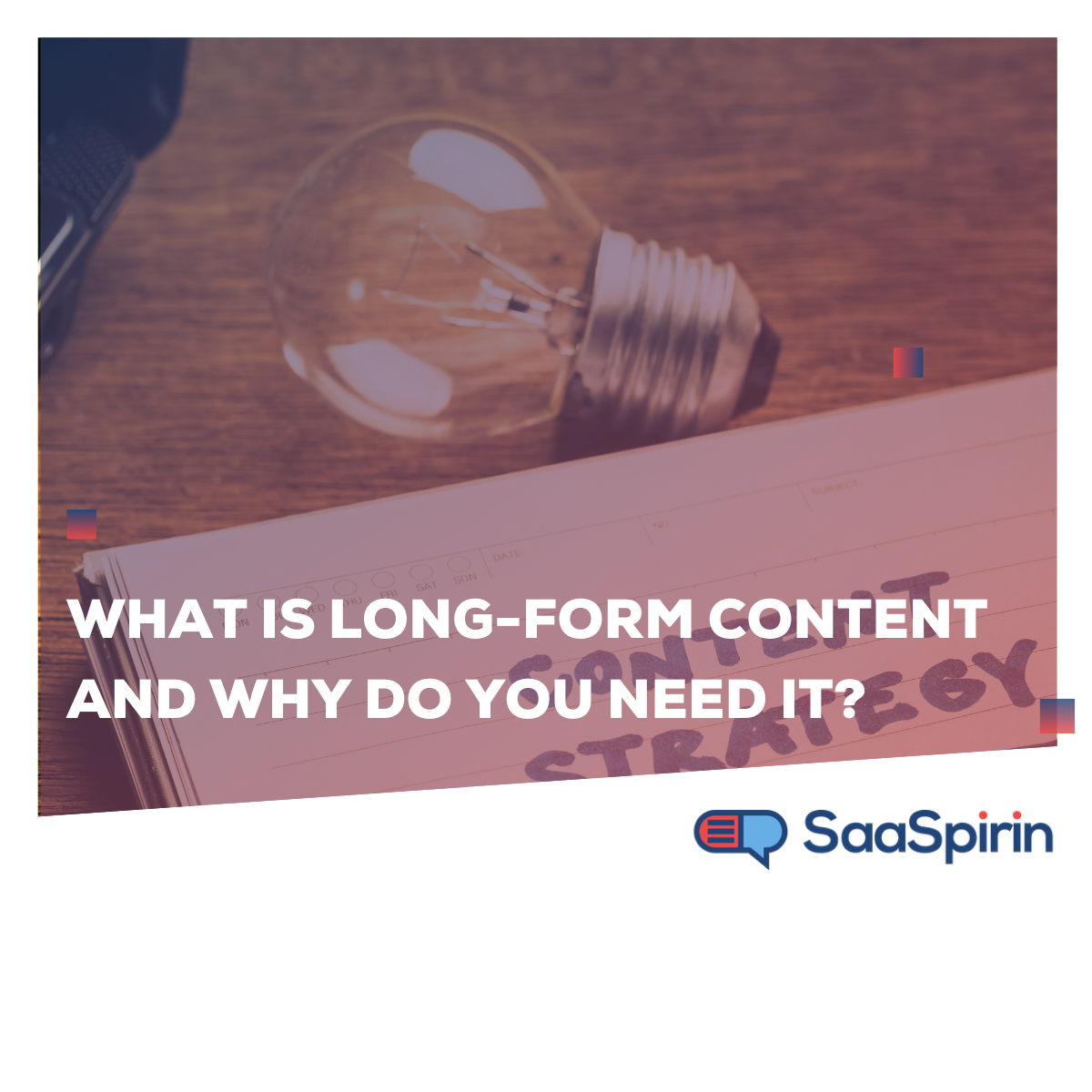
What Is Long-Form Content and Why Do You Need It?
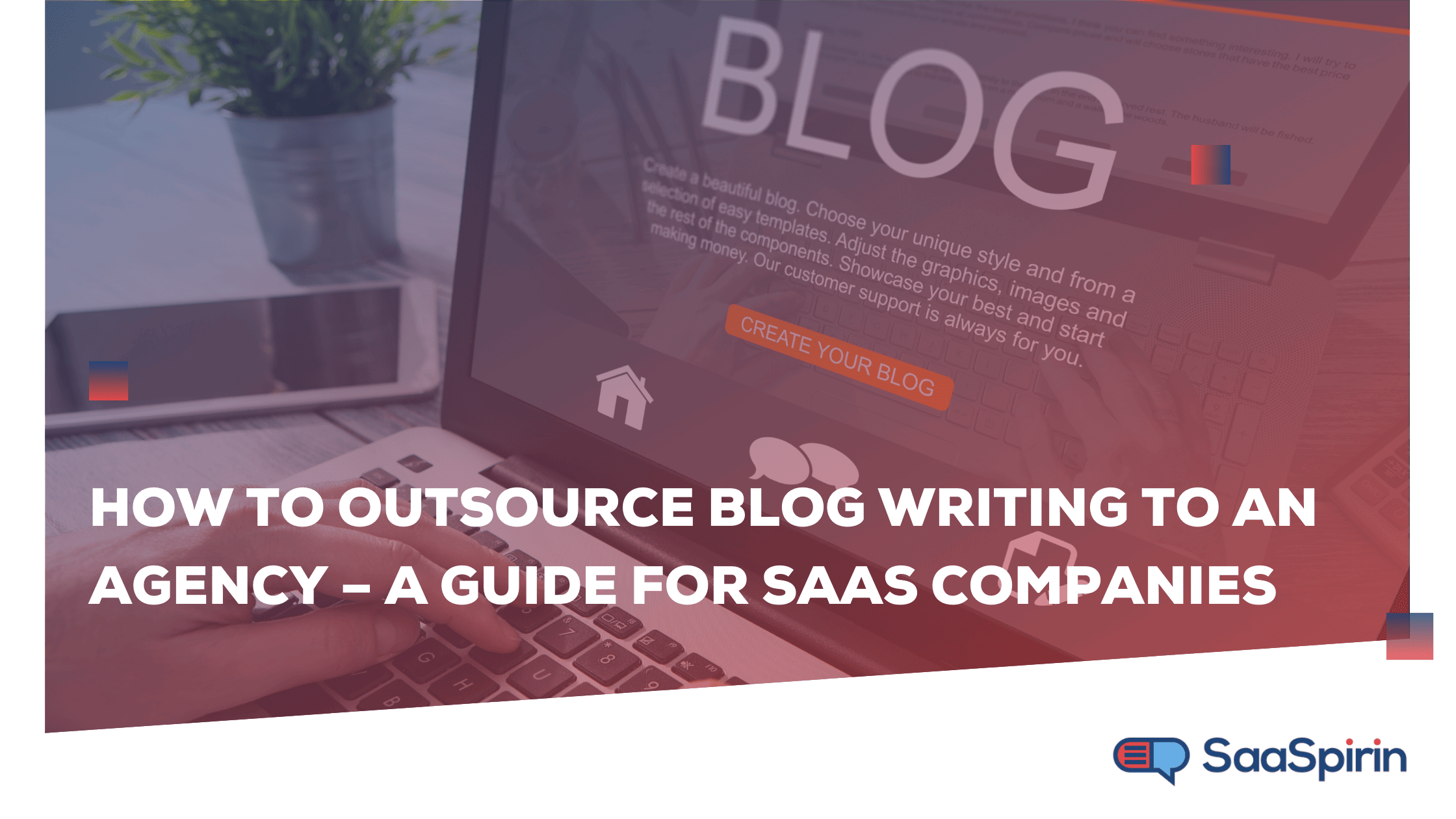
How to Outsource Blog Writing to an Agency – A Guide for SaaS Companies
